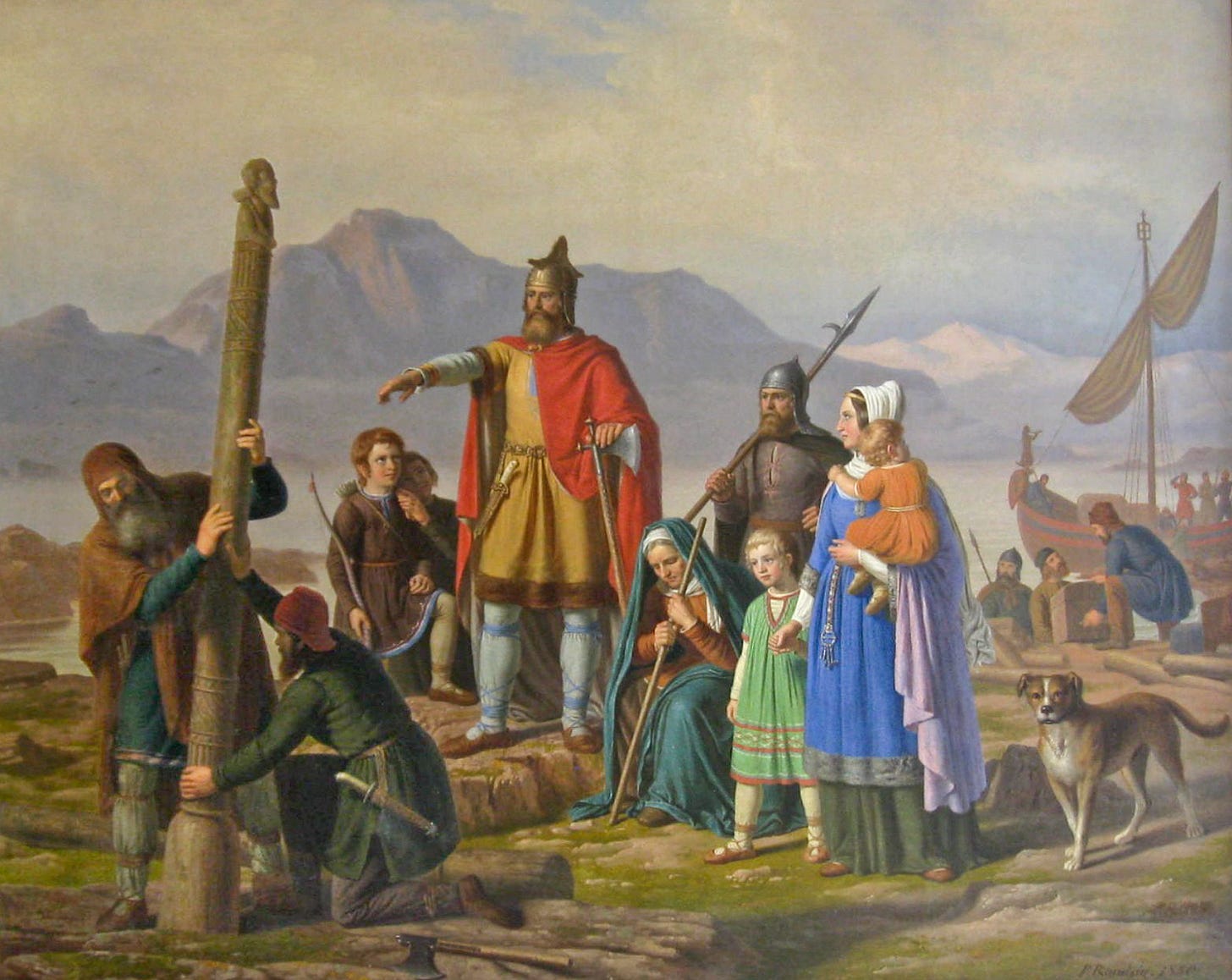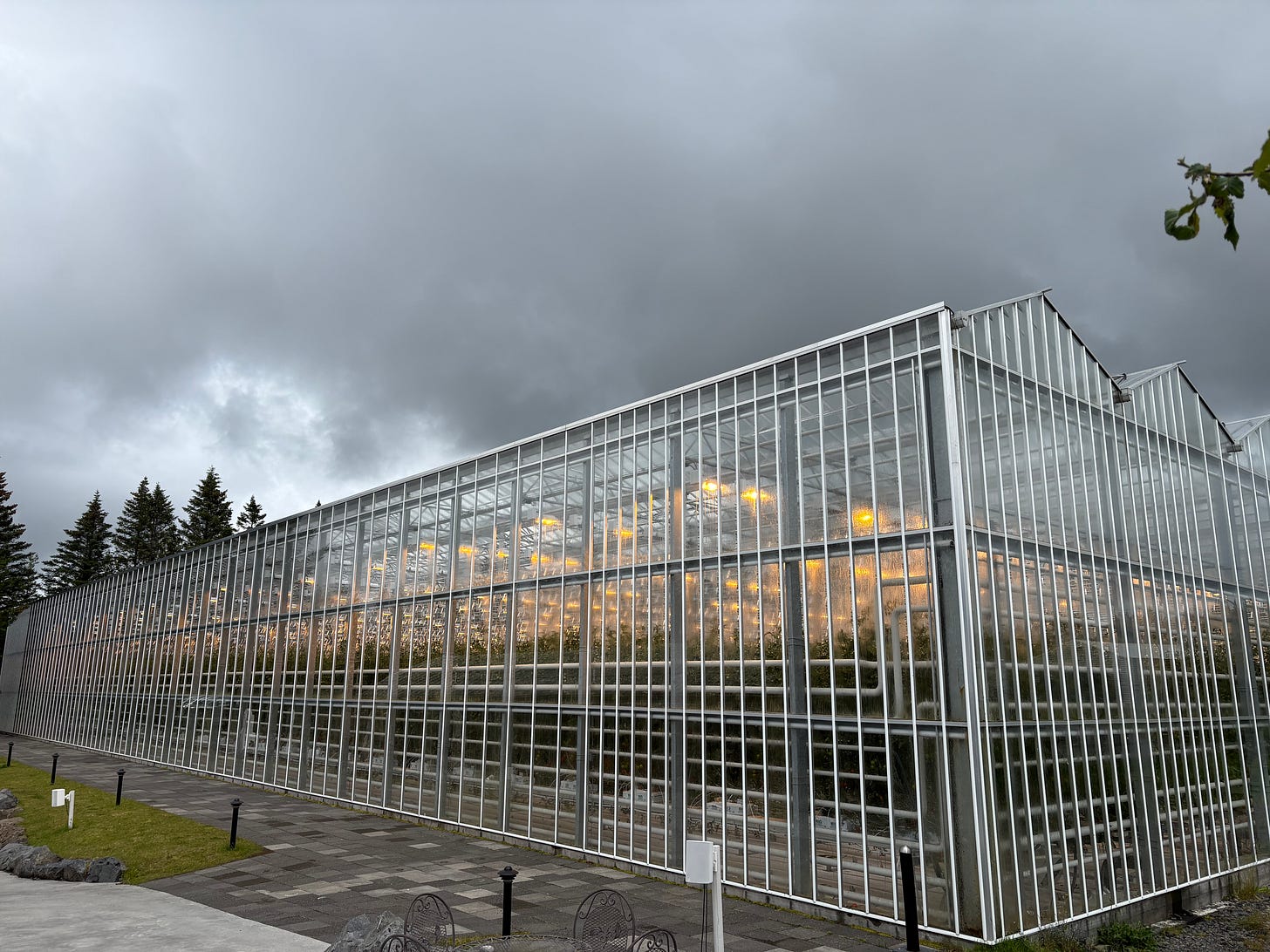“I looked on, I thought, I reflected, I admired, in a state of stupefaction not altogether unmingled with fear!”
~ Jules Verne, Journey to the Center of the Earth (1864)
Joel Bowman with today’s Note From the End of the World: Reykholt: Iceland…
When wandering Norse settlers landed on these frigid polar shores sometime in the second half of the 9th century, located on an active rift between tectonic plates and brimming with sulphuric geysers and volcanic eruptions, they must have thought they’d at least have the place to themself.
Imagine their surprise, then, when they encountered their first papar, a mysterious sect of Gaelic monks who had taken up eremitic residence on the frostbitten island, in what appears to have been an early and, until then, successful attempt at Medieval social distancing.
Whether despite, or because of, the land’s remoteness and extreme conditions, the Norsemen must have fancied the place; they spent the next few centuries cultivating the land here and transporting Gaelic serfs, known as “thralls,” to help them with the heavy lifting of early settlement. (Hence the idiom, to be in thrall, or under the control, of something or someone.)
According to the Landnámabók, the Icelandic “book of settlements,” it was a sturdy Norseman by the name of Ingólfr Arnarson who fist built his homestead here in 874, giving name to Reykjavík, the western province that would become the island’s capital.

On the Brink
What must life have been like, we wonder, for these intrepid frontiersmen? How did they survive in such extreme conditions, all without planes… petroleum… penicillin, etc. Turns out, many didn’t. Between early settlement and the mid-19th Century, the hard-scrapple population, numbering between just 40,000-60,000, was beset by bitterly cold winters, carpeted with poisonous ash fall from volcanic eruptions and, despite its remoteness, cut low by ravenous diseases and bubonic plagues.
When the Black Death visited the island at the beginning of the 15th Century, it wiped out between 50-60% of the population (church records suggest as little as 20% of the clergy survived…) It returned again toward the end of the century, presumably to finish the job. Then came the smallpox outbreaks, which killed a third of the population at the outset of the 18th Century… plus measles, influenza and livestock plagues. There were also frequent crop failures, and the resulting bouts of starvation. All told, Iceland experienced 37 famine years between 1500 and 1804… one every eight years.
And yet somehow, someway, by hook or by crook… the people pressed on, eking out what meagre living they could, braving the merciless conditions, and each other, to soldier on through the seasons and the centuries.
From 930 through to this very moment, the island has been governed as an independent commonwealth, albeit one that has found itself under the control of Norway, Sweden and Denmark over the years. Its governing body, the Althing, remains the oldest surviving parliament in the world.
The economy, a mixed market capitalist system with private enterprise and free trade and at its core, thrives. As of last year, Iceland boasted the eighth-highest Gross Domestic Product per capita in the world (US$78,837). Today, 390,000 Icelanders enjoy a level of comfort and wealth Arnarson and his early arrivals could not have imagined.
They harness vast quantities of geothermal energy from the ground… grow fresh crops in glasshouses pumped full of carbon dioxide (a.k.a. plant food)… and charge wide-eyed tourists like your editor US$26 a bowl for gourmet, farm-to-table tomato soup, which they gladly and gratefully pay. (It did have king prawns and cognac, to be fair…)

Staring down unimaginably tough odds, the best in mankind survives another day. In Man vs Nature, we’ve all but tamed even our severest surroundings.
This week, we dove headlong into the seldom controversial subjects of war and politics. The result, some impassioned comments from our dear readers. Please enjoy all that and more in this week’s Notes, below…
And now for your Notes From the End of the Week…
Final Notes…
Wait, wait… what are we even doing at this End of the World, besides taking unhurried strolls along lava rock coastlines (see short clip above) and emptying our pockets at the local farmers markets?
We’re on something of a circuitous route to a family wedding… in the land of Ibsen, Grieg and Munch… from where we shall write to you next week.
Whatever you’re up to this weekend, enjoy what is most certainly the comparatively good weather in your own backyard…
And as always, stay tuned for more Notes From the End of the World…
Cheers,
Joel Bowman















Share this post